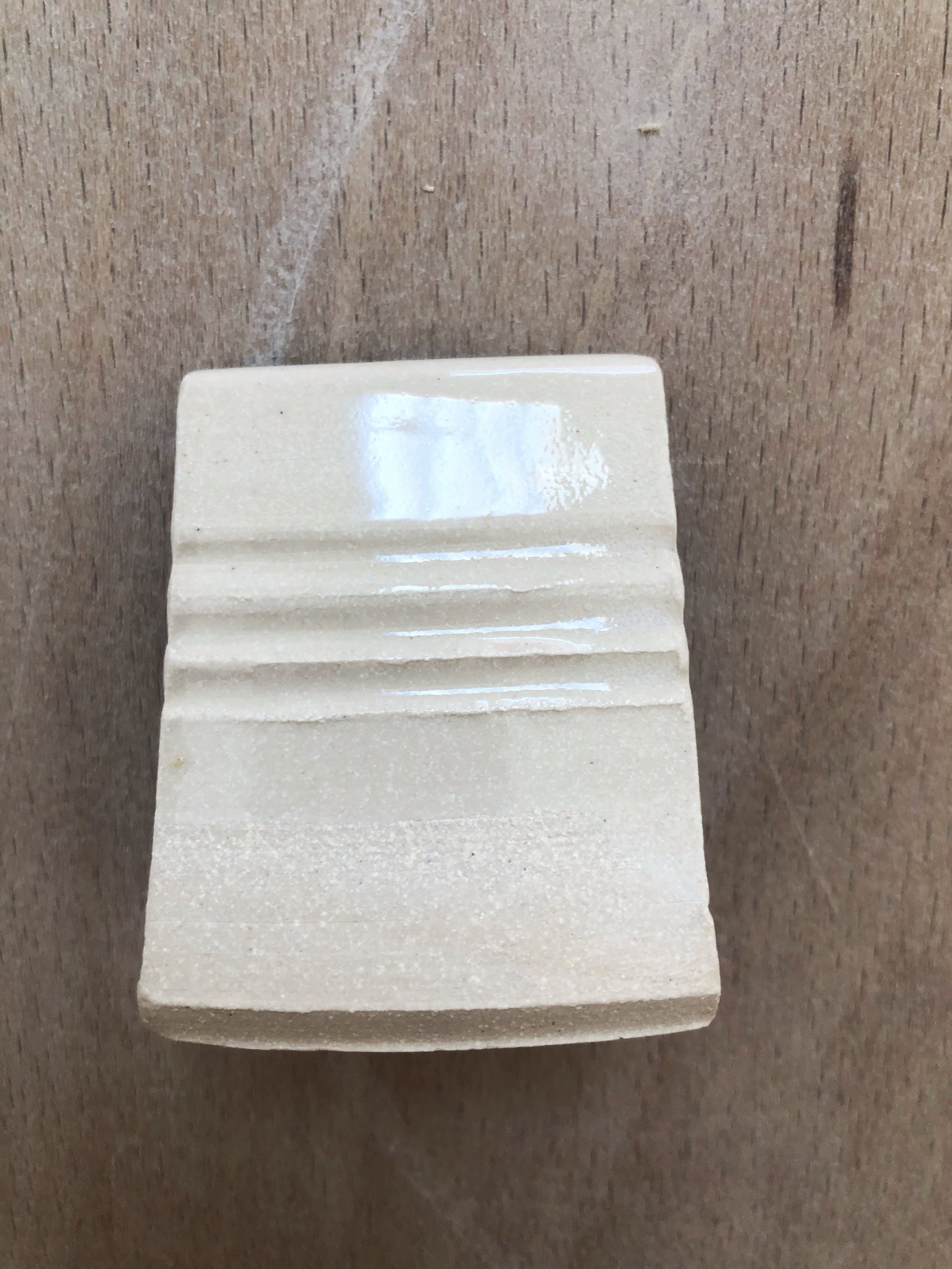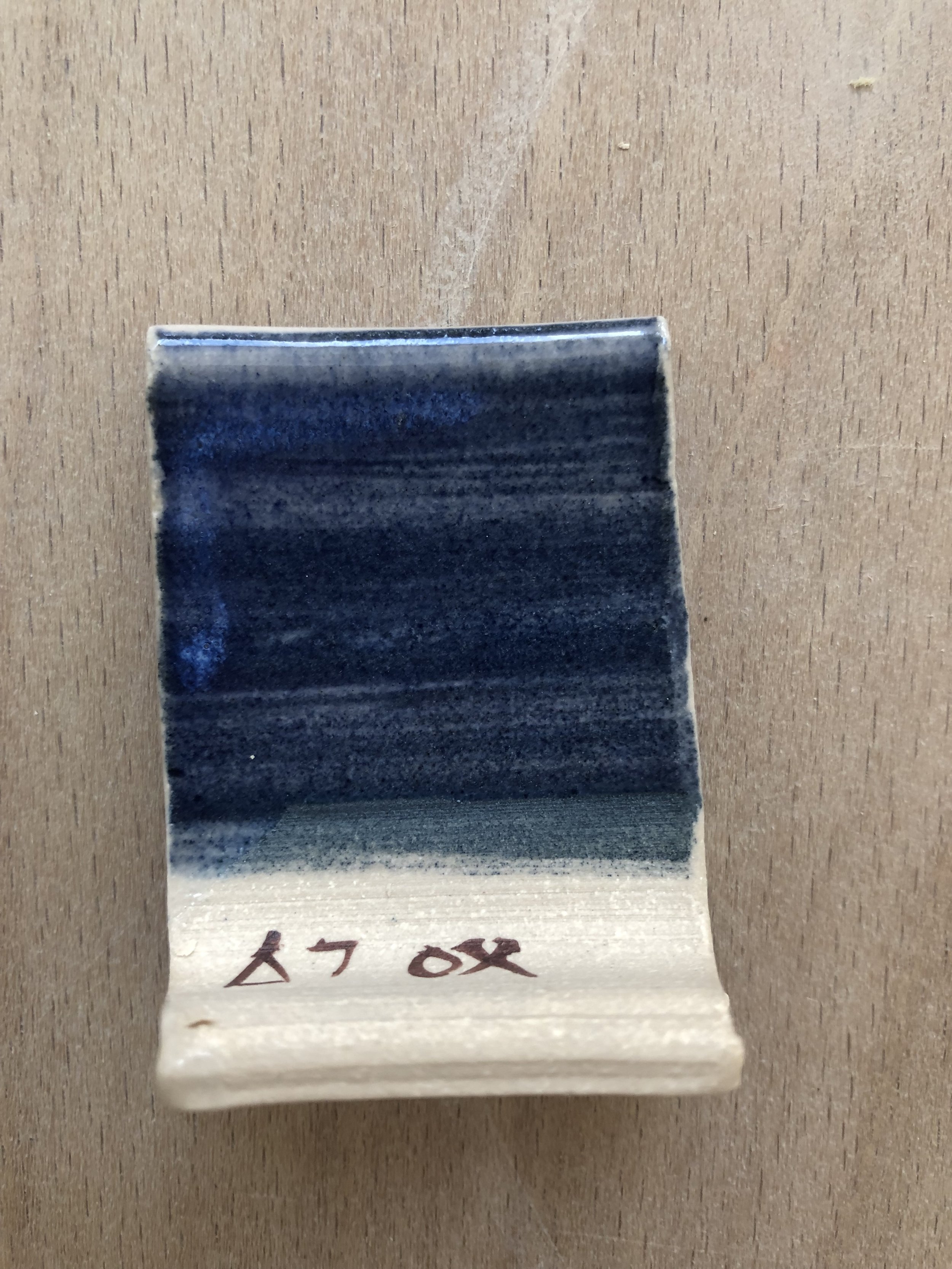As some of you might know, I took the big decision to move back home to Ireland last year. Over the past few months, I’ve been looking for somewhere to set up a pottery studio. It’s a difficult search, to find somewhere the has all my requirements (nothing fancy) and is also affordable long term.
I have visited estate agents, contacted business support groups and craft groups, individual craftspeople and independent businesses. For the past couple of weeks, I’ve been driving around talking the locals and seeing if I can spot a place myself.
My search has been quite widespread so far, within a 30-minute radius of Waterford city, from Dunmore East to Tramore, from Kilmacthomas and Kilmeaden to Portlaw, from Mooncoin to Mullinavat.
I have spoken to lots of people in these communities, who work in the shop, are on the parish council or were recommended calling, and asking if they might know of anywhere. They have been very kind and helpful. Every so often a suggestion will lead me in a positive direction and even though these haven’t worked out, that person is keeping an ear out for me.
I have looked at several places but unfortunately, they weren’t suitable or would have worked but were out of my modest budget. This week I looked at a place near Dunmore East because I put a post up on the local Facebook group. The day before, an office space in the Airport Business Park.
It’s been good getting to know the area, to follow a road and see where it goes. Sometimes I end up near a beach and go for a walk. It’s good to take a break and get some fresh air, try and organise my thoughts and ideas.
I hope that after the many, many people who I have been in touch with, that someday soon someone will ring me up and say they have somewhere that will become my next pottery studio. It could be just around the corner.

























